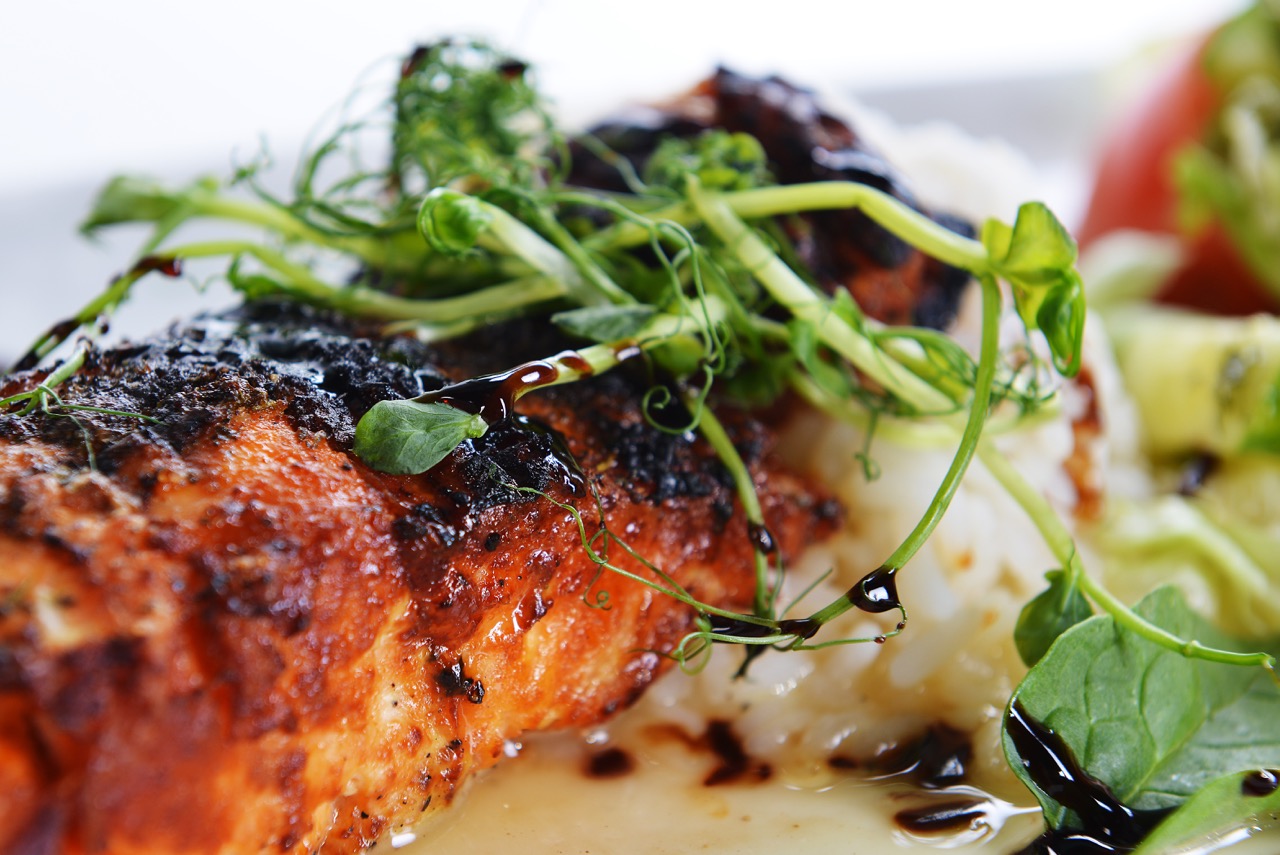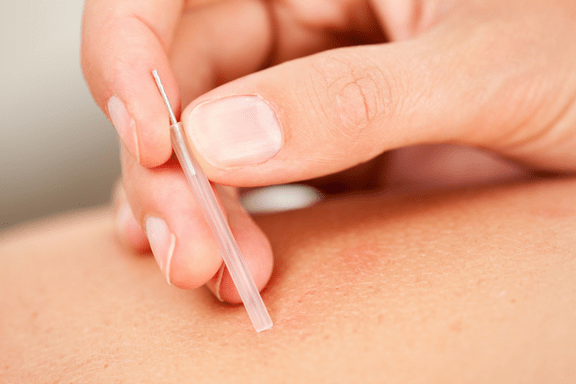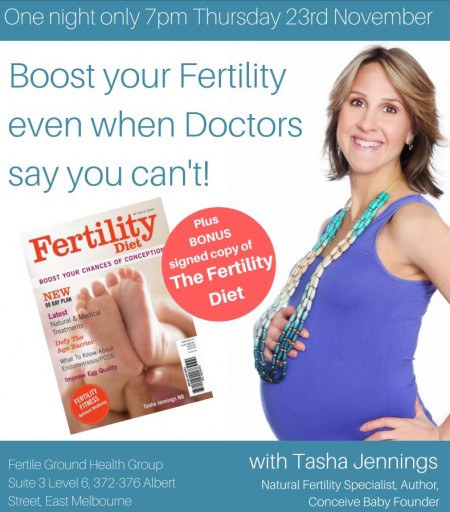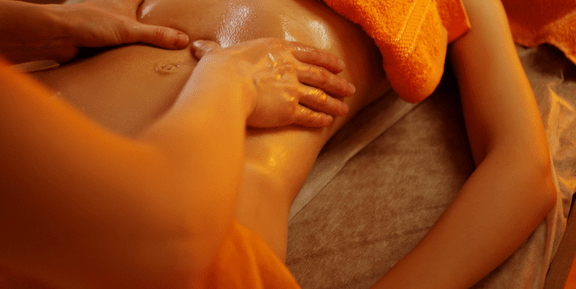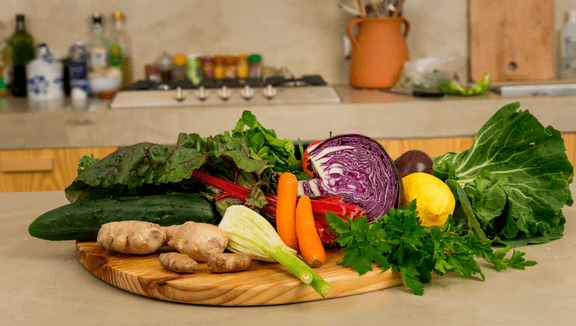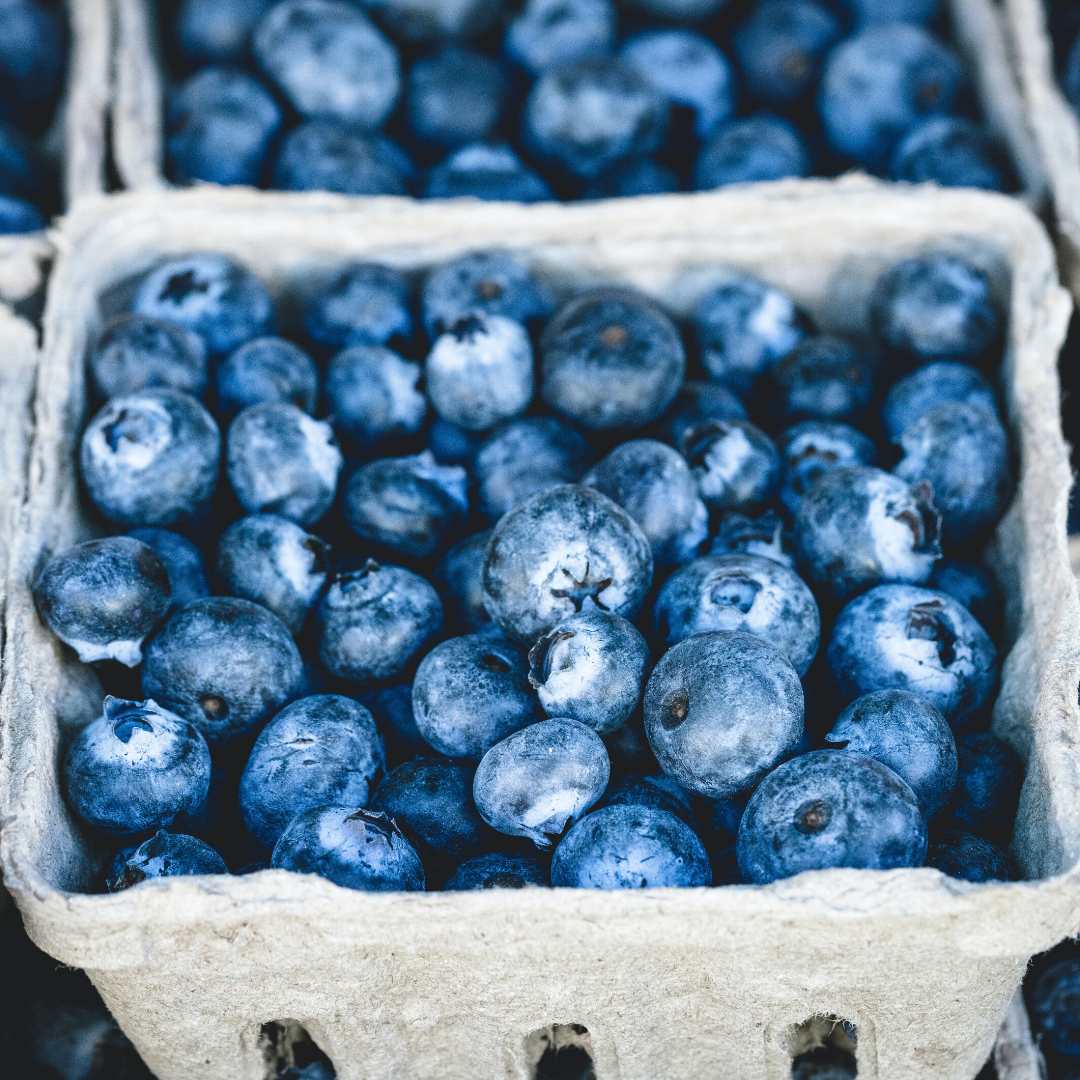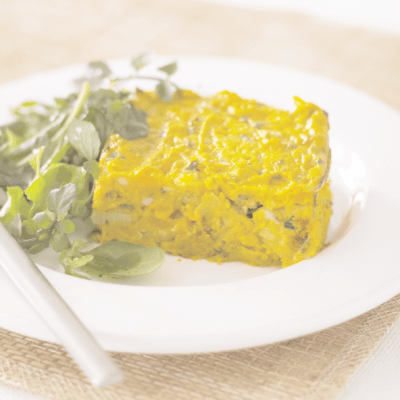
We are so lucky to have this guest post and recipe by the incredible Petrea King to share with you. Petrea is a naturopath, herbalist and founder of the Quest for Life Centre in New South Wales. She is also author of the wonderful Food for Life recipe book, full of nourishing recipes and now available at Fertile Ground. Here’s Petrea’s post and sample recipe for the book for you to enjoy!…
Petrea’s pumpkin pie
My children, Kate and Simon, were raised as vegetarians and this recipe was their all-time favourite. Even now we rarely have a family gathering where this dish doesn’t feature. It is also a great favourite at the Quest for Life Centre. Pumpkin is a great source of potassium and folate and this recipe is naturally sweet and filling. Other vegetables can be added to the basic recipe for variety.
1 kilo pumpkin, cooked and mashed
1 tablespoon sesame or extra-virgin olive oil
1 tablespoon unsalted butter
2 leeks, sliced or two large onions, diced
3 cloves garlic, diced
8 eggs, lightly beaten
500gm low-fat cottage cheese
1/4 cup honey (optional)
2 teaspoons nutmeg
2 heaped tablespoons dried mixed herbs
1 cup finely chopped fresh mixed herbs
sea salt and black pepper
Preheat the oven to 220˚C. Heat the oil in a frying pan and add the leek or onions and garlic. (A cup of sliced zucchinis, diced broccoli or cauliflower heads or other vegetables can also be added.) Saute until soft. Combine the mashed pumpkin with the remaining ingredients. Pour into an ovenproof dish and bake for 30 minutes covered with foil, then 30 minutes uncovered or until firm and golden. Serves 6–8.
The Quest for Life Centre in Bundanoon, NSW provides residential programs for people living with life’s greatest challenges including mental and physical health issues including grief, loss, post-trauma stress symptoms, depression, anxiety, cancer, chronic pain and other health challenges. Participants travel from all over Australia and beyond to attend our life-changing programs, which are based on the latest research and understanding of neuroplasticity – how we can change our brains by consciously choosing our response to life – and epigenetics – how the environment around every cell affects our genetic predispositions.
Last century we believed that health was dictated by our genetic predispositions. Now, because of epigenetics which means ‘above genetics’, we know our choices about what we eat and drink, our levels of sleep and exercise, our exposure to toxins in the environment and the chemistry of our emotions are modifying, suppressing or expressing our genetic predisposition. It’s inspiring to see people leave the program full of life and possibilities. They are so well nourished and nurtured on the program and they leave with a toolkit of strategies and practical skills for living well in the midst of whatever the challenges are that they have in their lives.
Regardless of whether you have an illness or are dealing with a challenge in your life, your nutrition is vitally important to your health. IF you are living with an illness or a stressful challenge in your life then your nutrition becomes even more important. It is essential you nourish your brain, body and nervous system when under stress as all nutrients are in higher demand at those times.
The Quest for Life Centre is renowned for its delicious and healthy fresh food, much of which is grown organically here at the Centre which is set in nine beautiful acres of grounds and gardens. Our cookbook, Food for Life contains a collection of 100 of the recipes we utilise at the Centre for our participants.
Petrea’s Pumpkin Pie is a delicious (savoury) recipe which my children love to eat – and, now they have children of their own, they also love Granny’s Pumpkin Pie! No family celebration would feel right without this dish as it’s one of everyone’s favourite recipes! It’s so easy to make and is full of great nutrition. You can also add other vegetables, like zucchinis or cauliflower florets, to the dish if you want. It’s also delicious hot or cold and it freezes very well too. I hope you enjoy Petrea’s Pumpkin Pie!
Petrea King, CEO Quest for Life Centre
www.questforlife.com.au
Recipe from Food for Life recipe book by Petrea King


